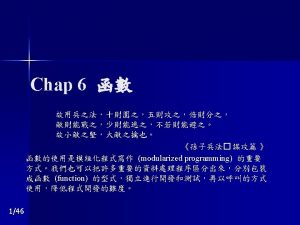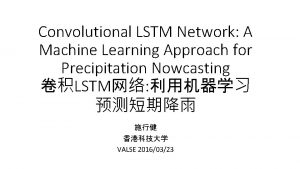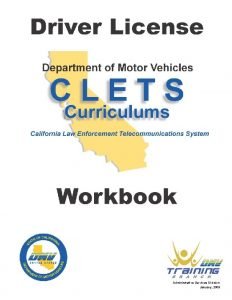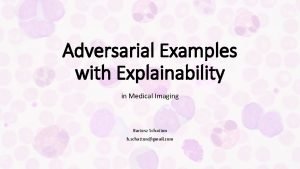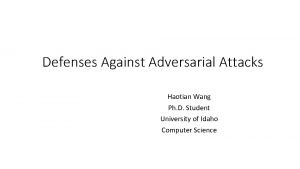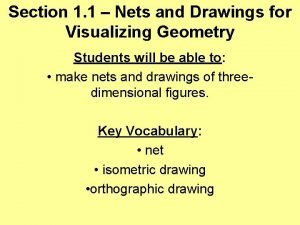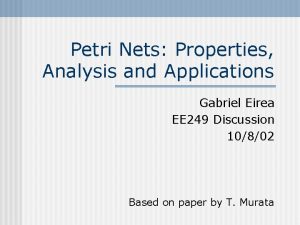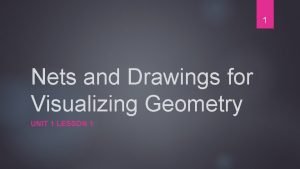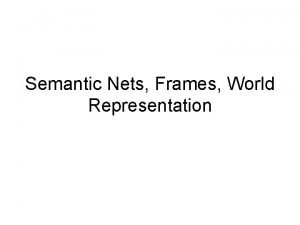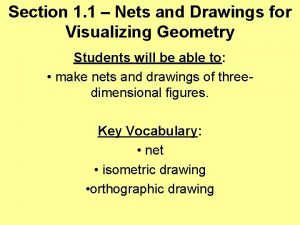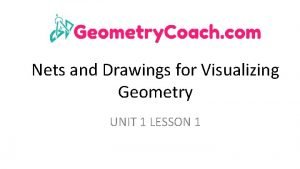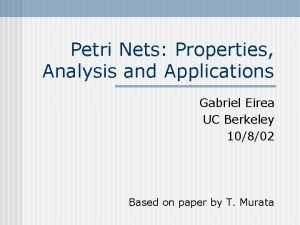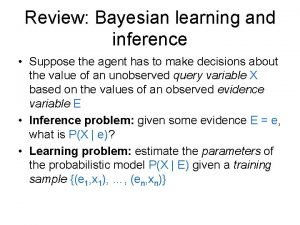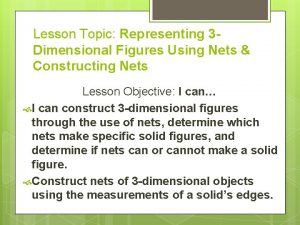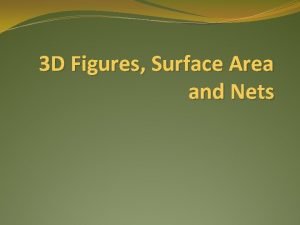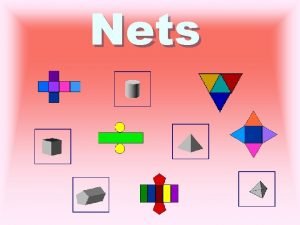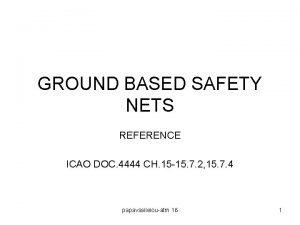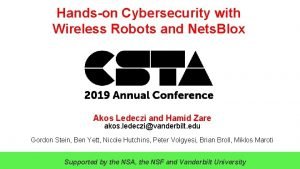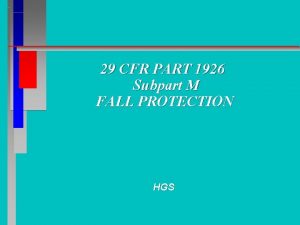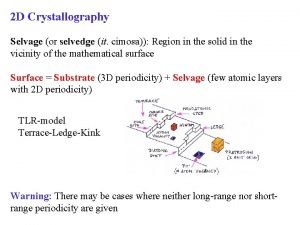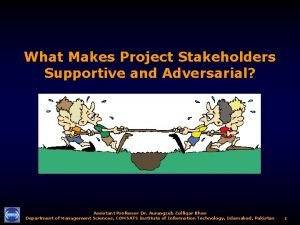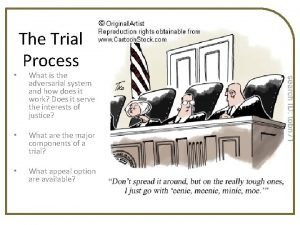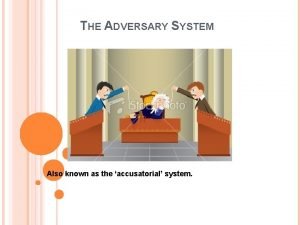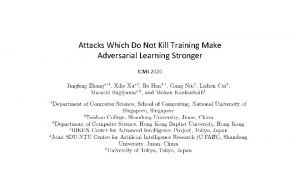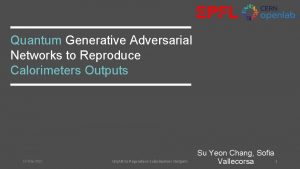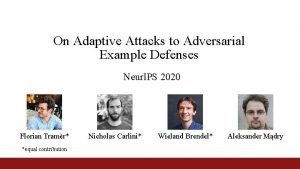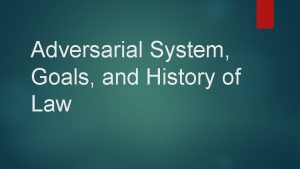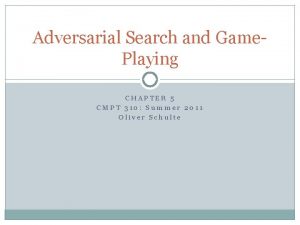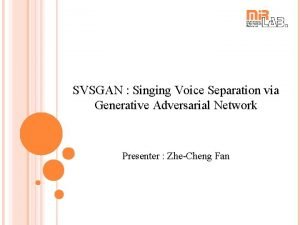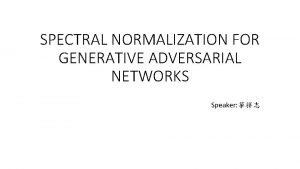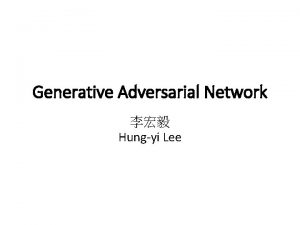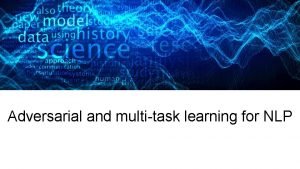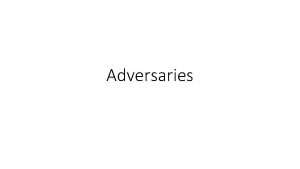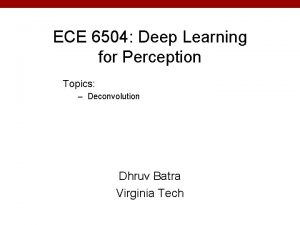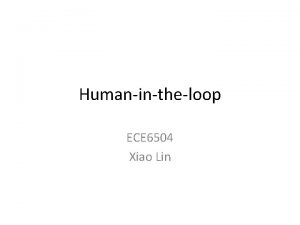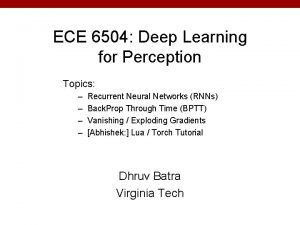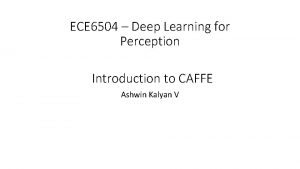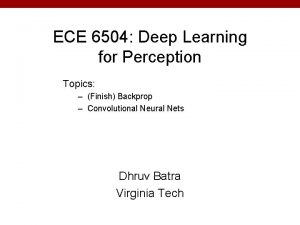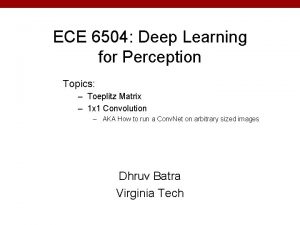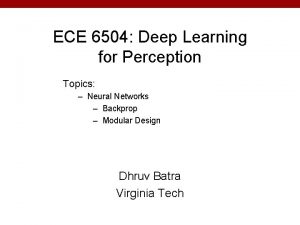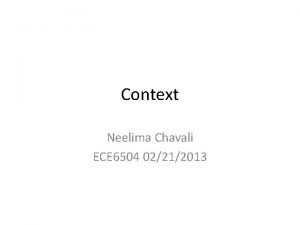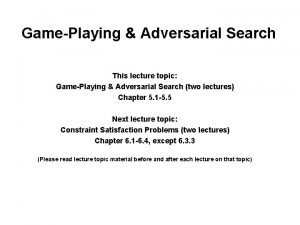Fooling Conv Nets and Adversarial Examples ECE 6504










































- Slides: 42

Fooling Conv. Nets and Adversarial Examples ECE 6504 Deep Learning for Perception Presented by: Aroma Mahendru

Presentation Overview ▪ ▪ ▪ Intriguing properties of neural networks Christian Szegedy, Wojciech Zaremba, Ilya Sutskever, Joan Bruna, Dumitru Erhan, Ian Goodfellow, Rob Fergus Deep Neural Networks are Easily Fooled: High Confidence Predictions for Unrecognizable Images Anh Nguyen, Jason Yosinski, Jeff Clune Deep Dreams Alexander Mordvintsev, Christopher Olah, Mike Tyka

Intriguing Properties of Neural Networks Szegedy et al. , ICLR 2014

Intriguing Findings ▪ ▪ ▪ No distinction between individual high level units and their random linear combinations. Network can misclassify an image if we apply certain specific hardly perceptible perturbations to the image. These distorted images or adversarial examples generalize fairly well even with different hyper-parameters as well as datasets.

Experimental setup 1. Fully connected layers with softmax model trained on MNIST dataset– “FC” 2. Krizhevsky et al. architecture trained on Image. Net dataset- “Alex. Net” 3. UNsupervised trained network trained on 10 M Image samples from Youtube- “Quoc. Net”

Interpretation of Higher Units

Generating Adversarial Examples Changing an image, originally correctly classified in a way imperceptible to human eyes, can cause a net to label the image as something else entirely.

Generating Adversarial Examples

Adversarial Examples

Cross Generalization over hyperparameters

Cross Generalization over datasets

Spectral Analysis of Instability

Why adversarial examples exist? In discriminative models, decision boundary is loose. Data points occupy much less space than what is assigned to them. Generative models would not be easily fooled.

Why adversarial examples exist? ▪ ▪ ▪ Adversarial examples can be explained as a property of highdimensional dot products. They are a result of models being too linear, rather than too nonlinear. The generalization of adversarial examples across different models can be explained as a result of adversarial perturbations being highly aligned with the weight vectors of a model and different models learning similar functions when trained to perform the same task. Goodfellow et al. , ICLR 2015

Deep Neural Networks Are Easily Fooled: High Confidence Predictions for Unrecognizable Images Nguyen et al. , CVPR 15

Human vs. Computer Object Recognition Given the near-human ability of DNNs to classify objects, what differences remain between human and computer vision? Slide credit : Bella Fadida Specktor

Summary • https: //youtu. be/M 2 Ieb. CN 9 Ht 4 17

Experimental setup 1. Le. Net model trained on MNIST dataset– “MNIST DNN” 2. Alex. Net DNN trained on Image. Net dataset- ”Image. Net DNN” (larger dataset, bigger network) Slide credit : Bella Fadida Specktor

Evolution Algorithms (EA)

Direct Encoding Grayscale values for MNIST, HSV values for Image. Net. Each pixel value is initialized with uniform random noise within the [0, 255] range. Those numbers are independently mutated. Slide credit : Bella Fadida Specktor

Direct Encoding Random Grayscale Images Mutate/Cro ssover pixels directly

CPNN (Compositional Pattern. Producing Network) Encoding ▪ This encoding is more likely to produce “Regular” images – e. g. contains symmetry and repetition ▪ Similar to ANNs, but with different nonlinear functions. Slide credit : Bella Fadida Specktor

CPNN (Compositional Pattern. Producing Network) Encoding CPNN with no hidden layers Changing CPNN parameters

Fooling images via Gradient Ascent Following the direction of gradient of the posterior probability for a specific class

Results – MNIST In less than 50 generations, each run of evolution produces unrecognizable images classified by MNIST DNNs with ≥ 99. 99% confidence. Slide credit : Bella Fadida Specktor MNIST DNNs labelled unrecognizable images as digits with 99. 99% confidence after only a few generations.

Results – Image. Net Dataset Directly encoded EA Even after 20, 000 generations, evolution failed to produce highconfidence images for many categories, but produced images with ≥ 99% confidence for 45 categories. 21. 59% Median Confidence Slide credit : Bella Fadida Specktor CPNN Encoding Many images with DNN confidence scores ≥ 99. 99%, but that are unrecognizable. After 5000 generations, Median Confidence score is 88. 11%, similar to that for natural images

CPNN Encoding on Image. Net Evolution produces images which has most discriminative features of a class.

CPNN Encoding on Image. Net ▪ ▪ Many images are related to each other phylogenetically, which leads evolution to produce similar images for closely related categories. Different runs of evolution produce different image types. Slide credit : Bella Fadida Specktor

Repetition Ablation Study To test whether repetition improves the confidence scores, some of the repeated elements were ablated. In many images, ablation leaded to a small performance drop

Do different DNNs learn the same discriminative features? • Slide credit : Bella Fadida Specktor

Adding “Fooling Images” class It is easier to learn to tell CPPN images apart from natural images than it is to tell CPPN images from MNIST digits. Slide credit : Bella Fadida Specktor

Deep. Dream Google, Inc.

What is a deep dream? ▪ ▪ ▪ Simply feed the network an arbitrary image or photo and let the network analyze the picture. Pick a layer and ask the network to enhance whatever it detects DNN “hallucinates” various low/high level features depending upon which layers is picked

What is a deep dream?

What is a deep dream?

Setup Goog. Le. Net trained on Image. Net dataset

Producing Dreams It is just a gradient ascent process that tries to maximize the L 2 norm of activations of a particular DNN layer. Here a few simple tricks that were useful for getting good images: ▪ ▪ ▪ offset image by a random jitter normalize the magnitude of gradient ascent steps apply ascent across multiple scales (octaves)

Controlling Dreams ▪ ▪ The optimization objective can be tweaked to improve the generated image diversity. For example, instead of maximizing the L 2 -norm of current image activations, maximize the dot-products between activations of current image, and their matching correspondences from the guide image.

Controlling Dreams

Controlling Dreams

Links ▪ ▪ https: //github. com/google/deepdream/ http: //deepdreamgenerator. com/

Thanks!
 Matlab conv function
Matlab conv function Temp程式
Temp程式 Conv broil
Conv broil Conv lstm
Conv lstm 405095vc
405095vc Adversarial examples
Adversarial examples Certified defenses against adversarial examples
Certified defenses against adversarial examples Nets and drawing for visualizing geometry
Nets and drawing for visualizing geometry Petri nets properties analysis and applications
Petri nets properties analysis and applications Nets and drawing for visualizing geometry
Nets and drawing for visualizing geometry Semantic nets and frames
Semantic nets and frames Nets and drawings for visualizing geometry
Nets and drawings for visualizing geometry Nets and drawings for visualizing geometry
Nets and drawings for visualizing geometry Petri y gabriel
Petri y gabriel Bayes nets
Bayes nets Represent solid figures using nets
Represent solid figures using nets Semantic network in ai
Semantic network in ai Surface area using nets
Surface area using nets Nets of square pyramid
Nets of square pyramid Nets church planting
Nets church planting List the 4 nets for better internet searching.
List the 4 nets for better internet searching. Hlf icao
Hlf icao Nets blox
Nets blox Safety nets must be drop tested
Safety nets must be drop tested Crystallography
Crystallography What is a priori knowledge
What is a priori knowledge Apple sweatshop nets
Apple sweatshop nets Acom nets
Acom nets Adversarial stakeholders
Adversarial stakeholders Adversarial trial system
Adversarial trial system Adversary system definition
Adversary system definition Sigir 2018
Sigir 2018 Pgd
Pgd Quantum generative adversarial learning
Quantum generative adversarial learning Neur ips
Neur ips Adversarial interview
Adversarial interview Adversarial system law definition
Adversarial system law definition Adversarial search problems uses
Adversarial search problems uses Generative adversarial network
Generative adversarial network Spectral normalization for generative adversarial networks
Spectral normalization for generative adversarial networks Generative adversarial networks
Generative adversarial networks Adversarial multi-task learning for text classification
Adversarial multi-task learning for text classification Voice conversion
Voice conversion

